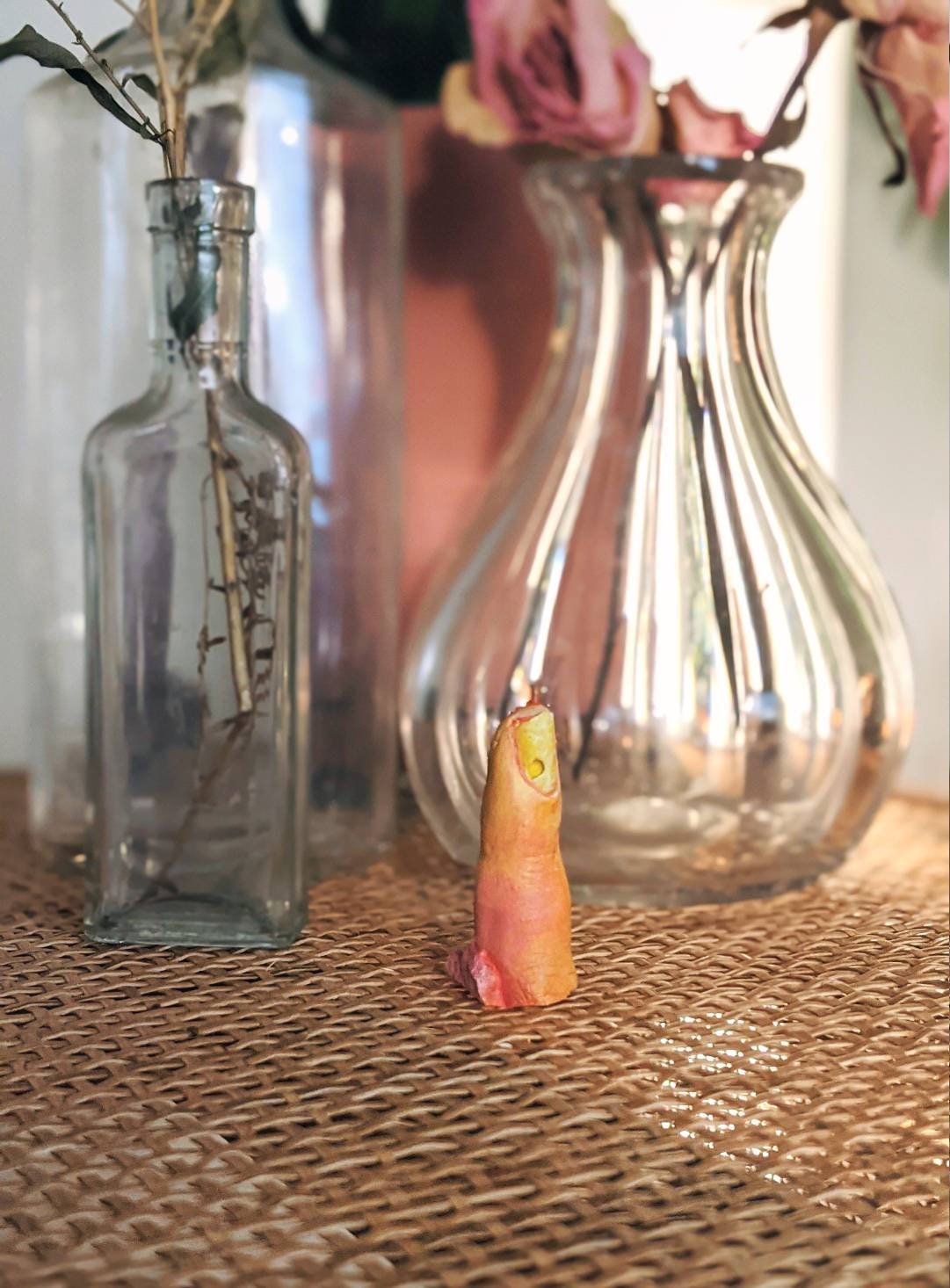
Most plants like about 1 inch of water per week. Soil is moist without being soggy because the texture of the soil allows excess moisture to drain away. Moist and well drained means exactly what it sounds like. Watering Conditions : Moist and Well Drained Know the culture of the plant before you buy and plant it!
Plants that cut fingers full#
Plants able to take full sun in some climates may only be able to tolerate part sun in other climates. Partial sun receives less than 6 hours of sun, but more than 3 hours. Full sun usually means 6 or more hours of direct unobstructed sunlight on a sunny day. The only exception is when houses or buildings are so close together, shadows are cast from neighboring properties. Areas on the southern and western sides of buildings usually are the sunniest. Many of these plants will do fine with a little less sunlight, although they may not flower as heavily or their foliage as vibrant. It is not uncommon for plants that can tolerate full sun or some sun in cooler climates to require some shade in warmer climates due to stress placed on the plant from reduced moisture and excessive heat.įull sunlight is needed for many plants to assume their full potential. These sides also tend to be a little cooler. Shadier sides of a building are normally the northern or northeastern sides. Partial shade can also be achieved by locating a plant beneath an arbor or lathe-like structure. Partial shade means that an area receives filtered light, often through tall branches of an open growing tree. Full shade beneath trees may pose additional problems not only is there no light, but competition for water, nutrients and root space. Plants that require full shade are usually susceptible to sunburn. Shade can be the result of a mature stand of trees or shadows cast by a house or building. For organic fertilizers such as fish emulsion, follow label directions as they may vary per product.įull shade means there is little or no light in the growing zone. Controlled, slow-release fertilizers are worked into the soil ususally only once during the growing season or per label directions. Water soluble fertilizers are generally used every two weeks during the growing season or per label instructions. organic fertilizers such as fish emulsion. temperature controlled slow-release fertilizers or 3. Plant Care Fertilizing How-to : Fertilization for Annuals and PerennialsĪnnuals and perennials may be fertilized using: 1.water-soluble, quick release fertilizers 2. Plant Category: annuals and biennials, perennials,īloomtime Range: Mid Summer to Late SummerĪHS Heat Zone: Not defined for this plant Google Plant Images: click here! Characteristics Cultivar: Inky Fingers If grown as a houseplant or winter annual in warmer areas, keep just moist.

If plants get too leggy, simply cut back to encourage compact growth. Coleus may take sun or shade, but if grown in sun, should recieve ample water and be potted in a heavier mix. Cutting propagated cultivars rarely flower, so pinching will not be necessary. Flowers appear in summer and are white and whorled, but are usually pinched off.

‘Inky Fingers’ has 1″ long, medium green, irregularly lobed leaves with a blackish-red central marking. Grown primarily for the unique variegated foliage, coleus are semi-succulent with toothed, angular leaves. According to BMJ Case Reports, the highest rates of infection tend to occur in people between the ages of 16 and 30.This evergreen perennial is more often grown as an annual in most gardens than not. Sporotrichosis can also be spread to humans from infected animals (especially cats) through scratches and bites. It may cause breathing difficulties, chest pain, cough, fever, fatigue, and unintentional weight loss. This subtype is called pulmonary sporotrichosis. Rarely, the fungus can enter your lungs after you breathe in spores from the air. Some people become infected after getting cut by a plant containing the fungus - this is why rose thorns are noteworthy culprits of possible sporotrichosis. This means that the fungus enters your skin.
Plants that cut fingers skin#
Having an open cut or wound on your skin can put you at risk for cutaneous sporotrichosis. Still, exposure doesn’t automatically mean you’ll develop a fungal infection. If you handle any of these plants or their surrounding soil on a regular basis, you could be at risk for exposure to the fungus.

Centers for Disease Control and Prevention (CDC), the fungus may be found in rose bushes, hay, and moss. This type of fungus is prevalent in all parts of the world, but it may be more common in Central and South America. Sporotrichosis is caused by the Sporothrix fungus.


 0 kommentar(er)
0 kommentar(er)
